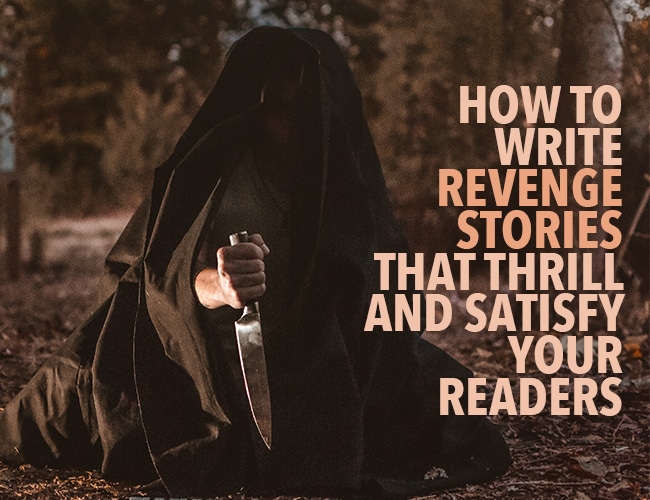
How to Write Revenge Stories That Thrill and Satisfy Your Readers
A heinous murder. A jilted lover. An angry hero determined to get justice. Revenge stories are a vital part of the human experience. Let’s take a look at how to write one of your own.

A heinous murder. A jilted lover. An angry hero determined to get justice. Revenge stories are a vital part of the human experience. Let’s take a look at how to write one of your own.
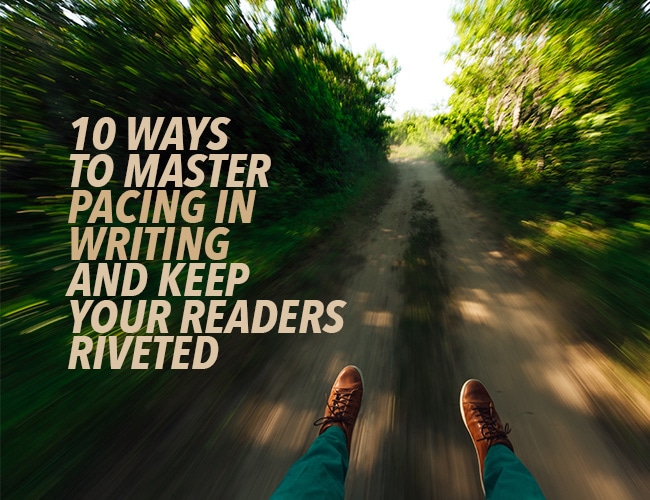
If you’ve ever run a marathon, or a 10K, or even a 5K race, you know that pacing is important. If you pour it on at full speed right off the starting line and keep that up without variation, you’ll run out of steam and be unable to finish.
You do the same thing to your reader if you don’t vary the pace. Fast or slow, if you don’t provide some variety for your reader, they won’t finish either. So let’s take a closer look at pacing and how it can help you create a better experience for your readers.
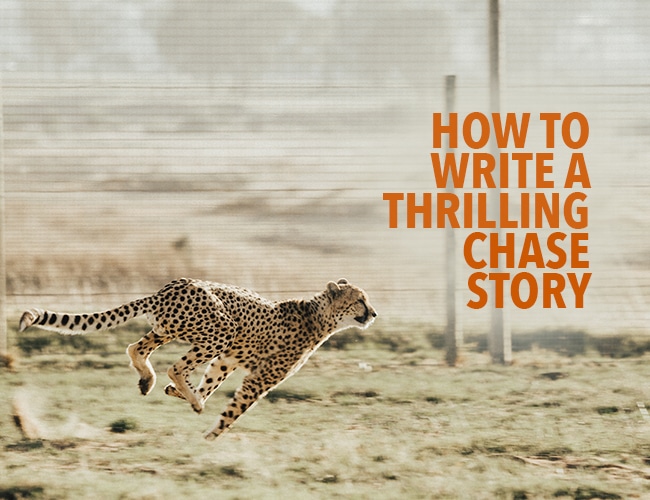
Why are games of Hide and Seek or Tag so appealing? I think it’s because they play with our emotions and instincts as hunters and hunted. They stir the elemental embers of our flight response. As an adult, you may not indulge in actual games of tag, but I’ll bet you still love to participate by proxy in the pages of a thrilling book or on the screen.
As a writer, learning to use a chase story, also known as the pursuit plot, will strengthen and diversify your toolbox and may help you create an awesome book.
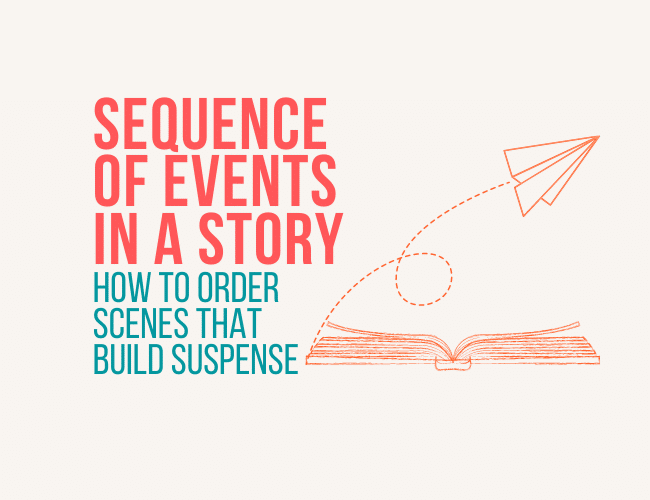
Have you ever felt cheated when reading a book? Like the author held back information that would have enhanced your reading experience? Or neglected to include all the relevant details that would have allowed you to solve the mystery? Did the sequence of events in the story feel…off?
Think about this:
What if J.K. Rowling neglected to have Hagrid tell Harry about his parents’ deaths until the end of The Sorcerer’s Stone?
What if the writers of Die Hard had let Hans Gruber discover Holly was John McClane’s wife right up front?
What if Suzanne Collins had forgotten to alert readers to a rule change allowing tributes from the same district to win as a team in The Hunger Games?
Leaving out these vital pieces of information—or putting them in the wrong place—would have robbed these stories of a full measure of suspense. This would have dulled the impact of their final scenes.
As a writer, you never want readers to feel cheated or disappointed by your book. But how can you make sure you include all the relevant pieces of the puzzle, in the right order, to sustain suspense and satisfy your reader?
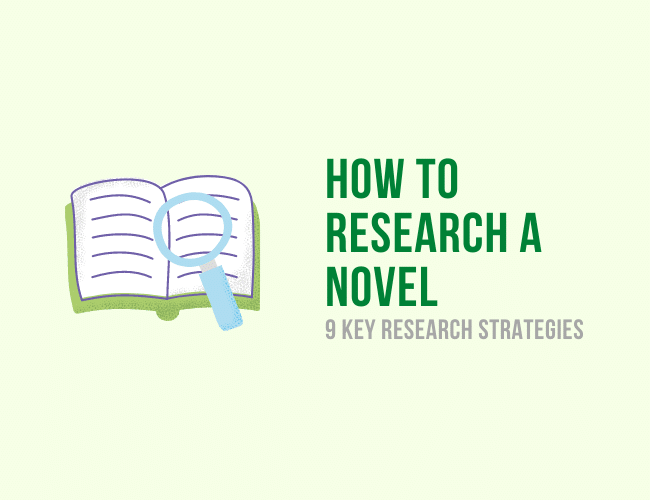
Have you ever started a story, gotten halfway through, and realized you don’t know key facts about your story’s world? Have you ever wondered how to find out the size of spoons in Medieval England for your fantasy adventure story? Is that even relevant to your plot, or could you skip that fact? Here’s how to do research for your story.